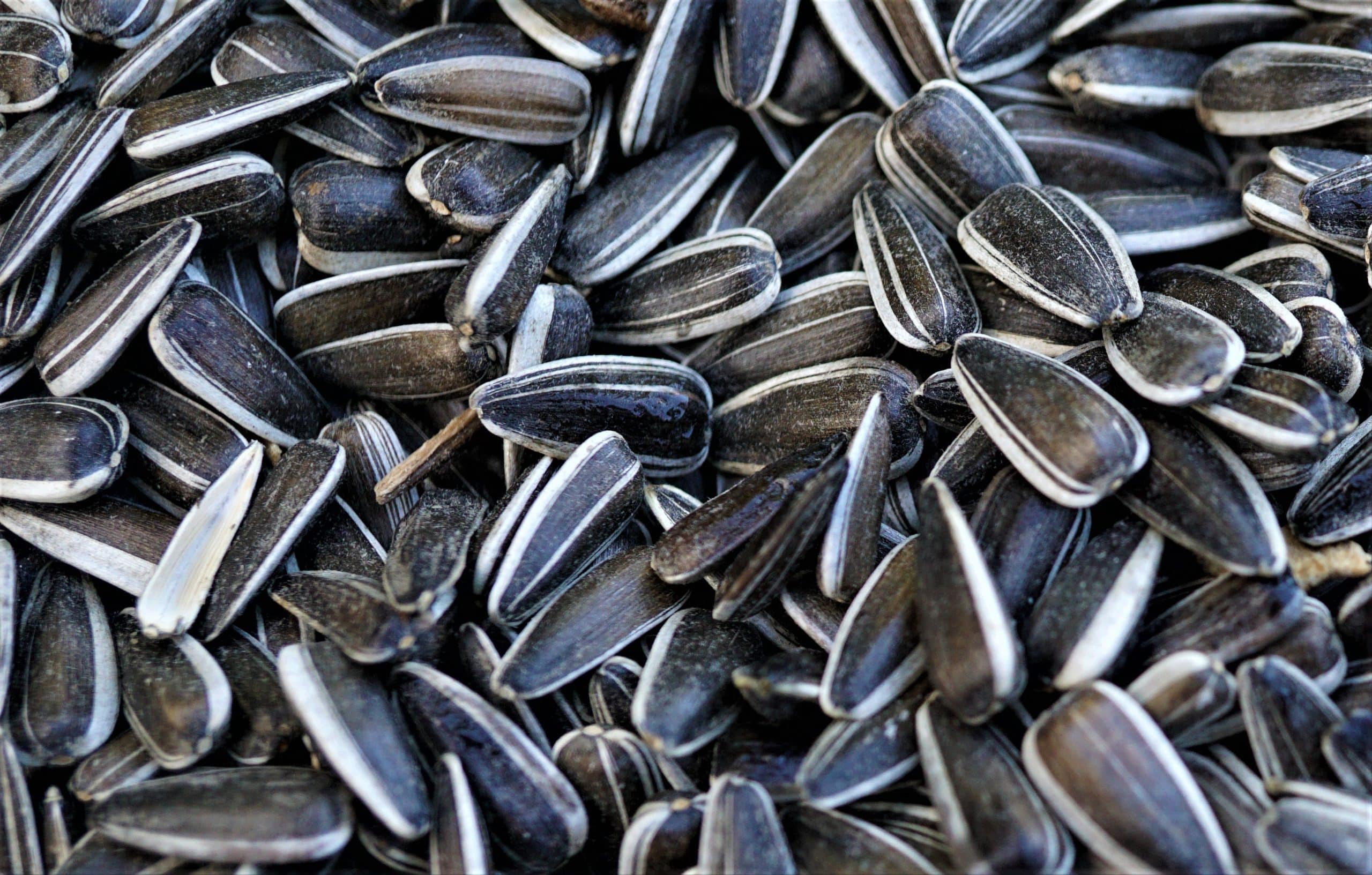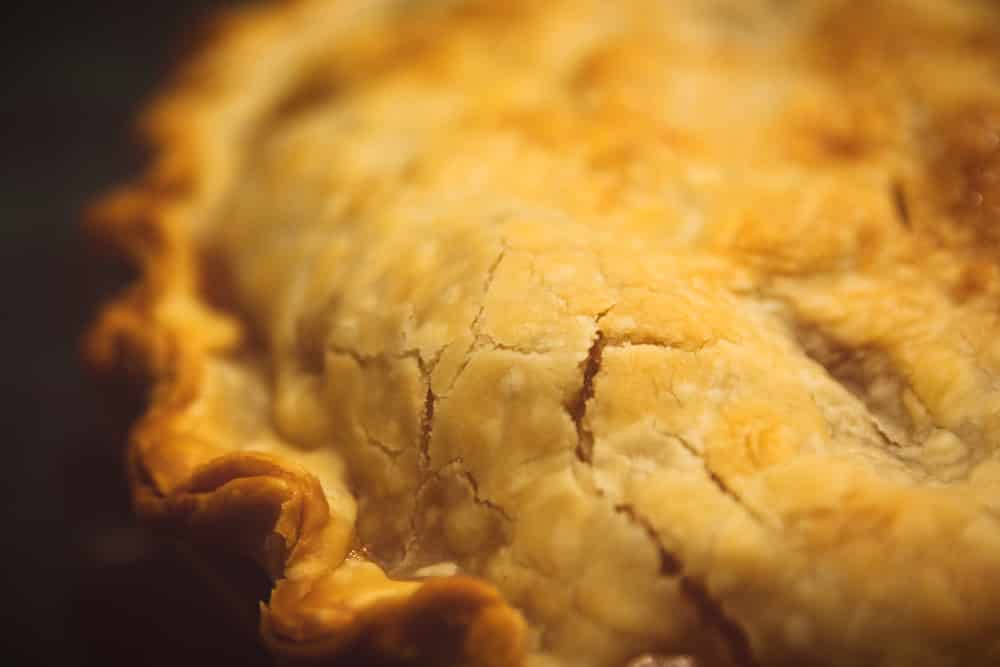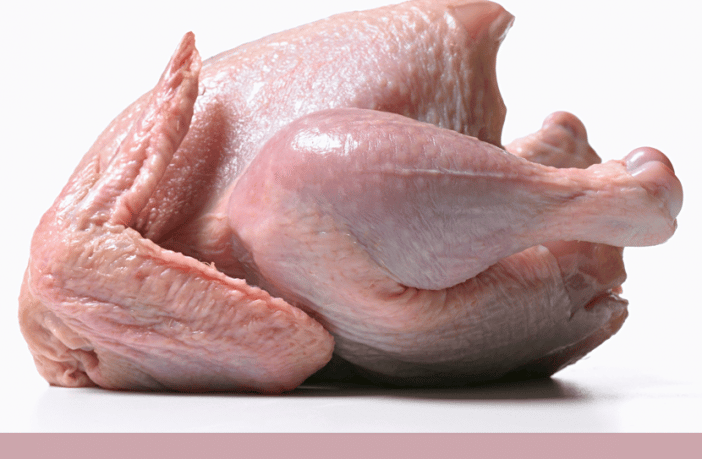Yeast turns simple dough into delicious bread and tasty snacks. This tiny living thing makes the dough rise by making bubbles, which gives bread its soft and yummy texture. People have used yeast for thousands of years—some ancient breads still amaze with their perfect feel. Baking with yeast seems tough, but when it works, it feels like pure magic. Anyone who loves cooking or the smell of fresh bread will enjoy seeing dough grow and bake to a golden brown. Keep reading to uncover the secrets that make every loaf shine.
It’s used for making breads, cakes, and even pizza dough.
When you buy fresh yeast, you’ll find it either in a small plastic package or a large cardboard box with a plastic cover.
These packages usually have instructions on how to use the yeast.
Some brands also include a date on the package indicating how old the yeast is.
The expiration dates on these packages range from four weeks to six months.
But what happens if you don’t want to use fresh yeast right away?
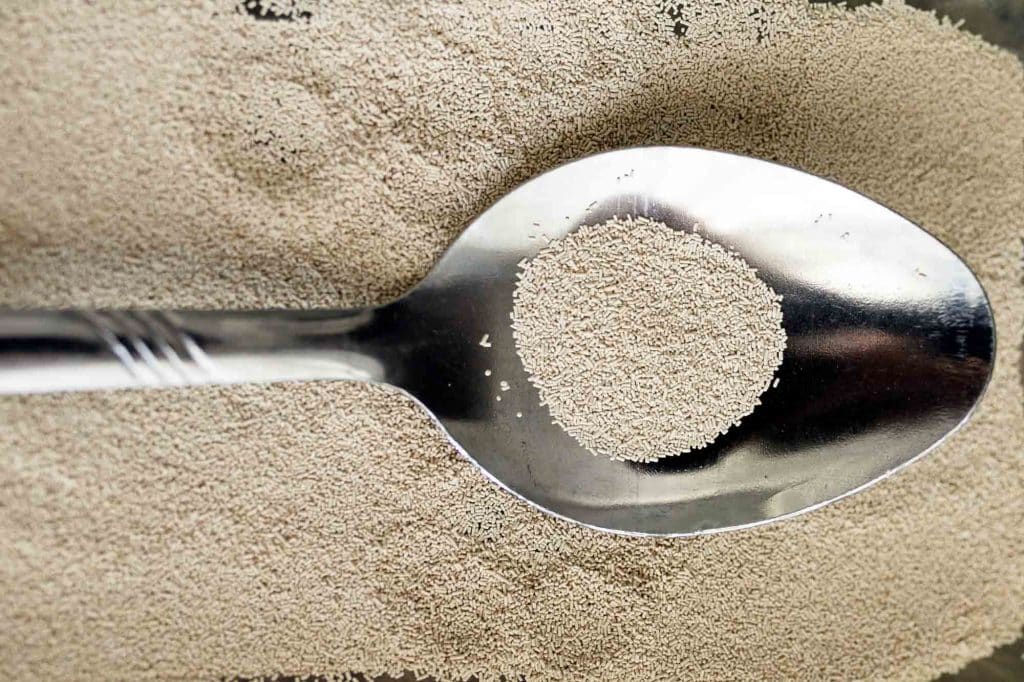
What are the benefits of freezing yeast?
If you live where it gets cold during wintertime, you may be tempted to save money by buying your yeast in bulk.
When that happens, you might decide to keep some of the yeast in your freezer to use later.
The problem is that not all yeast is created equal.
Some yeasts work better than others when baking.
If you freeze a yeast that doesn’t work well, you could end up wasting expensive ingredients.
And while you probably won’t need to use every last bit of yeast in the package, you can expect to lose some quality over time.
That’s why you should try to use fresh yeast as soon as possible after purchasing it.
However, there are some advantages to freezing yeast.
First, you can get a longer shelf life out of yeast that’s been frozen.
Second, you can use frozen yeast without worrying about whether the yeast is still good enough to bake something.
Third, you can take advantage of the convenience of storing yeast in your freezer.
Yeast is used to make to conserve and process food widely. Yeast Roll is served for every meal that Yeast is used to make your cake perfect.
Does freezing yeast kill it?
No, freezing yeast does not permanently damage it.
In fact, freezing will actually preserve it longer than refrigerating.
If you freeze yeast at home, make sure to put it into freezer bags first so any moisture inside the package won’t cause mold to grow on the outside of the bag.
But even then, you shouldn’t worry too much about mold growing on the surface of the yeast.
It’s more likely to grow inside the container of yeast instead.
So yes, you can freeze yeast and use it later.
Just make sure to use it within a few months of purchase.
How long can you keep frozen yeast?
Some yeast has an expiration date that indicates how long it can safely stay in the freezer.
This is because yeast is sensitive to heat, light, and oxygen.
Freezing prolongs its shelf life, but it’s important to avoid exposure to sunlight or extreme temperatures once the yeast reaches its expiration date.
In general, most yeast is safe to freeze for one year once it’s been opened.
However, some yeast has an expiration date stamped directly onto the packaging.
If you can see this date, you should use the yeast within the specified period.
What happens if you forget to thaw frozen yeast?
There are a couple of ways you can inadvertently ruin your yeast.
One of them is forgetting to thaw it before using it.
Another is leaving yeast in your refrigerator for too long.
But regardless of how you manage to mess up, the result is the same – your yeast will no longer work.
If you accidentally freeze yeast and then forget to thaw it, the only solution is to throw it away.
You can’t use it again.
Is it worth it to freeze yeast?
Freezing yeast is convenient if you need to wait until you can bake something.
For example, if you have a birthday party coming up, you can freeze the yeast ahead of time and use it whenever you’re ready to bake the cake or cookies.
Another reason to freeze yeast is if you need to bake multiple batches of something, like many different loaves of bread or rolls.
Then you can just thaw the yeast in advance and use it for each batch of dough you need.
If you’re planning to freeze yeast for a long time, you can buy larger quantities.
This way, you’ll have plenty of yeast to use over time.
How do you properly freeze yeast?
To ensure you get the best outcome when you use frozen yeast, follow these steps:
- Put the yeast in a bowl and add warm water to cover it by 1 inch (2.5 cm).
- Cover the bowl with plastic wrap and let it sit at room temperature for at least 30 minutes.
- Pour off the excess liquid and transfer the yeast to a clean, dry bowl.
- Add flour to the yeast mixture and stir it together until the flour is completely incorporated.
- Let the mixture sit at room temperature for another 15 minutes.
- Transfer the mixture back to the original bowl and pour in additional flour until the mixture forms a thick paste. Set aside.
- Divide the yeast mixture into two or three portions and place each portion in a separate ziploc bag. Label the bags with the date and write “Frozen Yeast” on the corner of each bag.
- Label the remaining dough as “Unfrozen Dough” and set it aside.
- Once the yeast mixture is frozen, you can store it in the freezer for up to one year. Make sure to label the bag with the date.
What are some tips for using frozen yeast?
Here are some things to consider when using frozen yeast:
- The texture of the frozen yeast will change slightly compared to fresh yeast. This means the finished product will be softer and chewier.
- Because frozen yeast is already mixed into the dough, you won’t need to add any extra rising agents such as sugar, molasses, or honey.
- Make sure to read the labels carefully before using frozen yeast. Some yeast will say “Best Before Date” or “Use By Date” rather than simply stating the date it was frozen. These dates indicate how long you can safely keep the yeast once it’s been thawed, not how long it can stay in your freezer.
- Don’t thaw the yeast overnight in the fridge – do it gradually over several hours.
- Keep the yeast in the freezer for up to a year. Once it’s been frozen, label the bag with the date and write “Frozen Yeast” on the corner of the bag.
- Thaw the yeast in the microwave or in hot water. Do not defrost it in the fridge or under running water.
Follow these tips, and you’ll be able to enjoy your yeast for years to come!
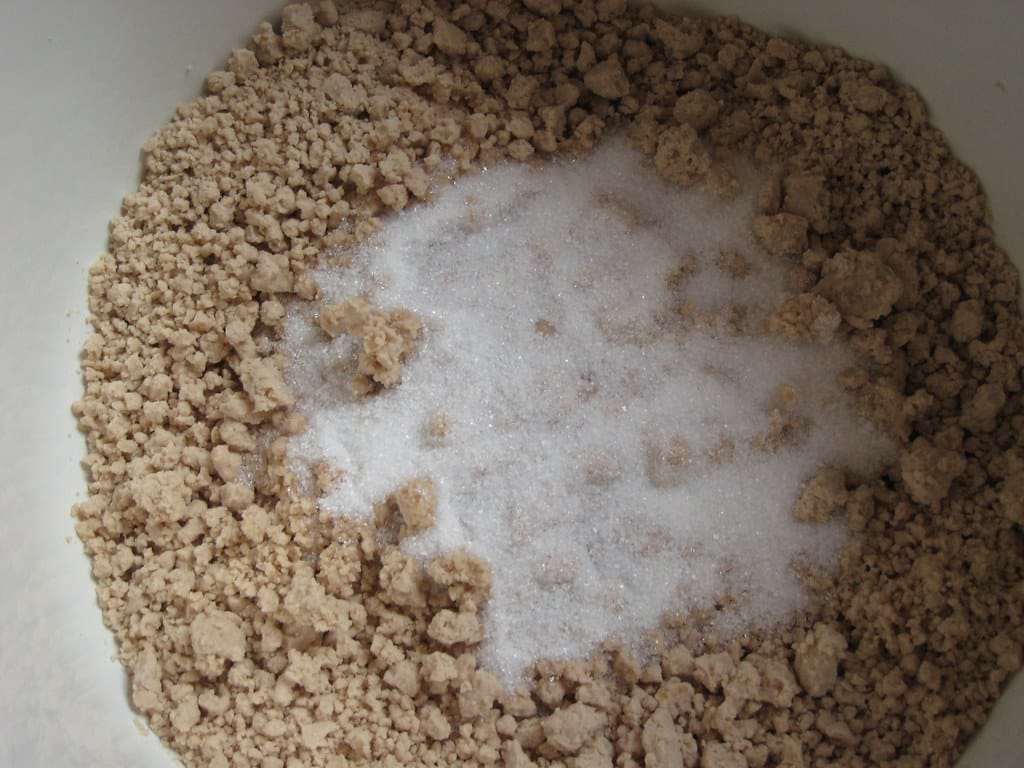
What are some common mistakes people make when freezing yeast?
People often make these mistakes when they freeze yeast:
- They leave yeast in their refrigerator too long. This turns the yeast sour and unusable.
- They don’t fully dissolve the yeast in the water before freezing it.
- They don’t mix the yeast well enough before freezing it.
- They don’t use enough yeast to start with.
- They let the frozen yeast sit at room temperature for too long.
Are there any health risks associated with freezing yeast?
Yes, there are some potential health risks associated with freezing yeast.
Here’s what you need to know:
Yeast contains alcohol.
Even though the yeast itself isn’t fermenting, it’s still capable of producing alcohol.
This can affect your breath and increase your risk of getting drunk.
Yeast contains live bacteria.
If you freeze yeast that hasn’t been stored in a proper environment, it can become contaminated with harmful bacteria.
Yeast can spoil.

Golden Corral Rollsː The Perfect Yeast Roll for Every Meal
Equipment
- 1 oven
Ingredients
- 1 Active dry yeast
- 1 water
- 1 Sugar
- 1 Salt
- 1 Margarine
- 1 Eggs
- 1 flour
- 1 milk
- 1 Melted butter
Instructions
- Combine the yeast, warm water, and sugar in a small bowl. Remember to stir until yeast dissolves completely; allow it to stand for about five minutes. Now, add salt and margarine (or butter) to the mixture, and beat until well combined.
- Beat the eggs to combine and then add them to the yeast mixture. Stir until everything combines well.
- Add the flour to the mixture, little by little, until it forms a soft dough. If using a stand mixer, attach the dough hook and mix at low speed until the dough comes together. Use the remaining flour to dust your work surface.
- Turn the dough out onto your floured work surface and knead for about eight minutes. The dough should be smooth and elastic when finished. Place the dough in a greased bowl, cover it with a damp towel, and let it rise in a warm place until it doubles in size in about an hour. At this point, you can either shape the rolls and let them rise a second time or refrigerate the dough for up to 24 hours. If you’re going to refrigerate the dough, remember to take it out of the fridge about an hour before you plan on baking the rolls.
- Once the dough has doubled in size, punch it down and turn it out onto your floured work surface. Divide the dough into 12-16 pieces and shape each piece into a ball. Place the rolls on a greased baking sheet, cover them with a damp towel, and let them rise for another 30 minutes.
- Preheat your oven to 400 degrees Fahrenheit while the rolls are rising. When done rising, brush the tops with melted butter or margarine and bake them in the oven for 12-15 minutes, or until they’re golden brown. Serve while warm with your favorite meal.
Video
Nutrition
- 25 Simple Lemon Dessert Recipes - December 3, 2025
- 25 Yummy Cream Cheese Desserts - December 3, 2025
- 25 Easy Cool Whip Recipes - December 3, 2025
